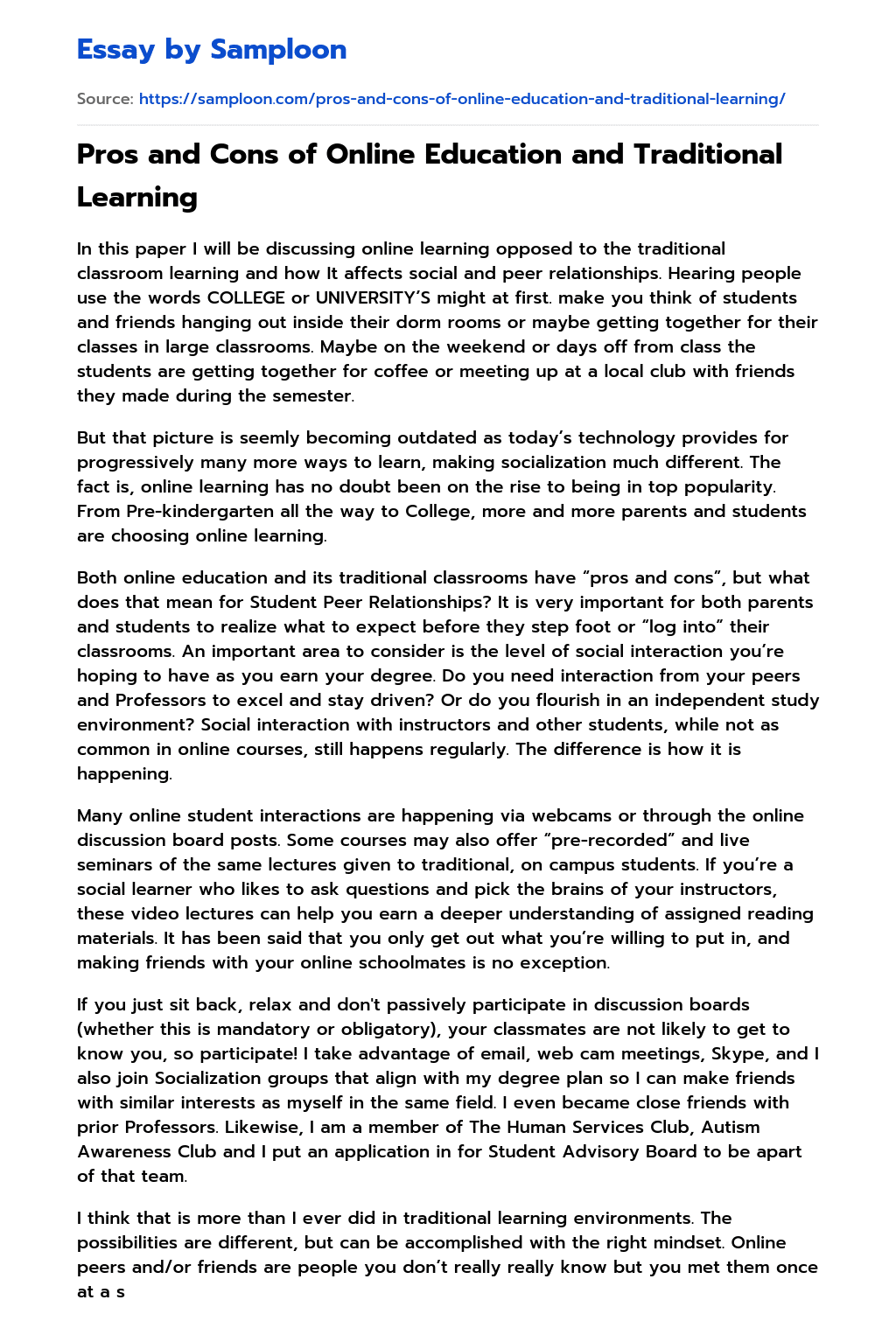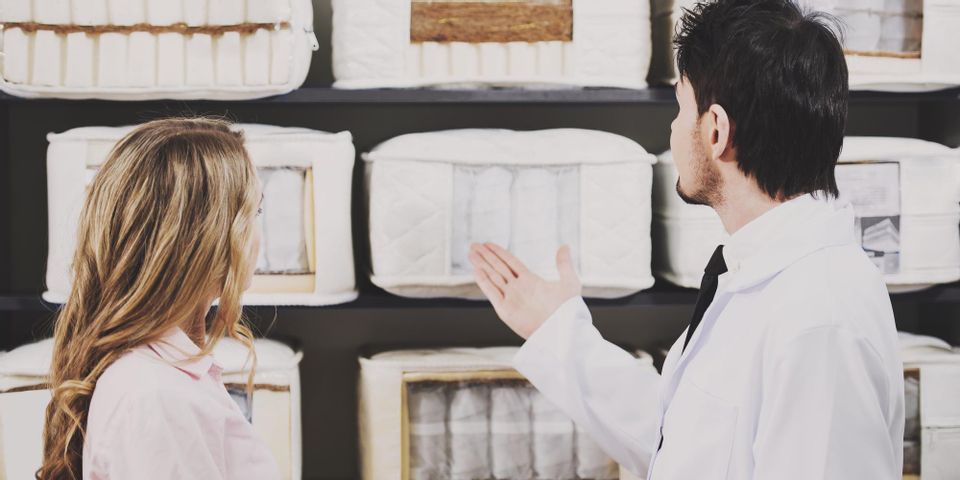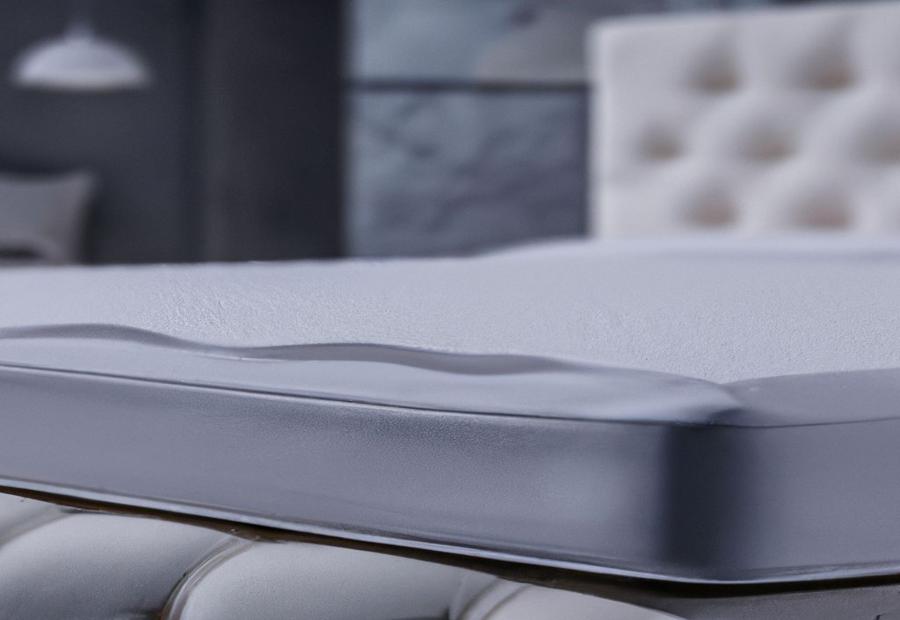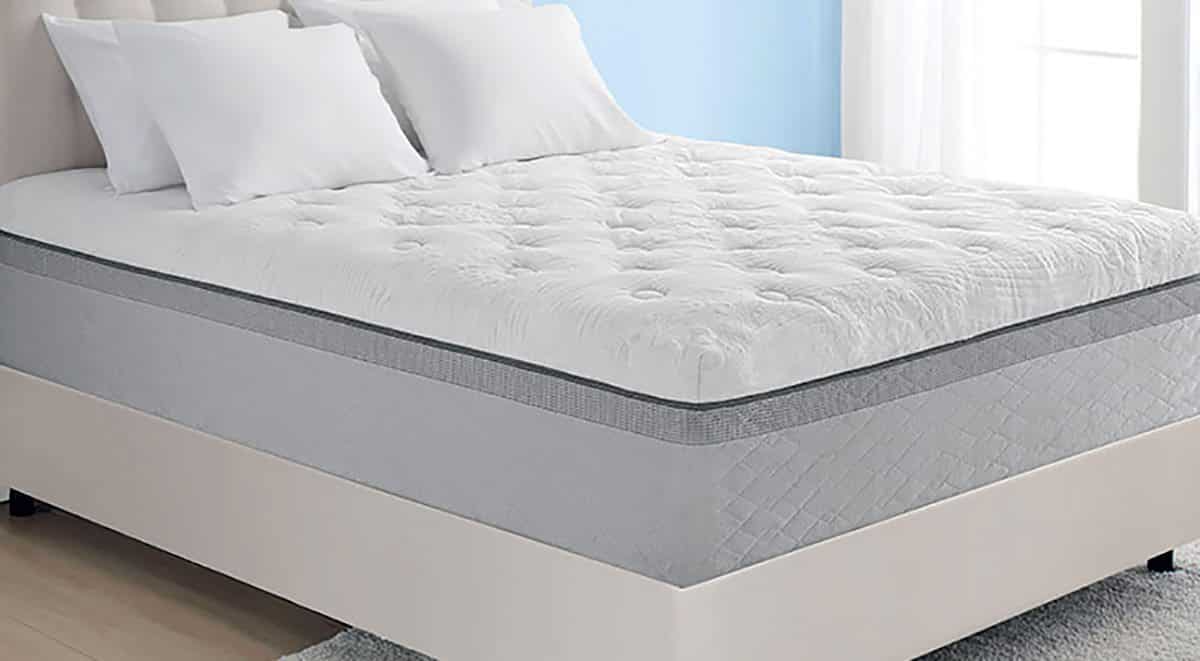If you're in the market for a new mattress, you've probably come across the debate between foam mattresses and traditional mattresses. With so many options available, it can be overwhelming to choose the right one for your needs. In this article, we'll break down the differences between foam and traditional mattresses and help you determine which one is better for you.Foam Mattress vs Traditional Mattress: Which One is Better for You?
Before we dive into the specific differences, let's take a look at the pros and cons of each type of mattress. Foam mattresses, specifically memory foam, are known for their ability to contour to your body and provide pressure relief. They also tend to isolate motion, making them a good choice for couples. However, some people find foam mattresses to be too hot and lacking in edge support. On the other hand, traditional mattresses, such as innerspring or hybrid mattresses, offer a more traditional feel and are typically more affordable. They also tend to have better edge support and are more breathable. However, they may not offer as much pressure relief and can be prone to sagging over time.The Pros and Cons of Foam Mattresses and Traditional Mattresses
The main difference between foam and traditional mattresses lies in their materials. Foam mattresses are made from layers of foam, typically memory foam, while traditional mattresses are made with springs or coils. This difference in construction impacts the overall feel and support of the mattress. If you prefer a mattress that hugs your body and provides a "sinking in" feeling, a foam mattress may be the right choice for you. However, if you prefer a more traditional, bouncy feel, a spring mattress may be a better fit.Foam vs Spring Mattress: Which One Should You Choose?
In addition to the materials used, there are other notable differences between foam and traditional mattresses. Foam mattresses tend to have better motion isolation, meaning you won't feel your partner's movements as much throughout the night. They also tend to be quieter, as they don't have any springs or coils that can make noise. Traditional mattresses, on the other hand, have better edge support and tend to be more durable. They also have a faster response time, making it easier to move around on the mattress.The Differences Between Foam and Traditional Mattresses
While both memory foam and innerspring mattresses fall under the categories of foam and traditional mattresses, respectively, there are some key differences between the two. Memory foam mattresses are known for their ability to contour to your body, providing excellent pressure relief and support. They also tend to have a slower response time, which can make it difficult to move around on the mattress. Innerspring mattresses, on the other hand, have a more traditional feel with a bouncy surface. They also tend to have better edge support and are easier to move around on. However, they may not provide as much pressure relief as memory foam mattresses.Memory Foam vs Innerspring Mattress: Which One is Right for You?
Now that we've covered the main differences between foam and traditional mattresses, let's take a look at the benefits of choosing a foam mattress over a traditional one. As mentioned before, foam mattresses offer superior pressure relief and motion isolation. They also tend to be more hypoallergenic, as they don't trap dust and allergens like traditional mattresses can. Additionally, foam mattresses are often more durable and have a longer lifespan than traditional mattresses. This can be attributed to their construction, as foam is less likely to sag or lose its shape over time.The Benefits of Choosing a Foam Mattress over a Traditional Mattress
When it comes to durability, foam mattresses have the upper hand. The materials used in foam mattresses are more resilient and less prone to sagging or developing lumps and bumps. In comparison, traditional mattresses may need to be replaced more frequently, especially if they are made with lower quality materials. However, it's important to note that the durability of any mattress also depends on how well it is cared for. Regularly rotating and flipping your mattress can help extend its lifespan, regardless of whether it is foam or traditional.Comparing the Durability of Foam and Traditional Mattresses
Comfort is subjective, so what may feel comfortable to one person may not feel comfortable to another. That being said, foam mattresses tend to be more comfortable for a wider range of people. The ability of foam to contour to your body and provide pressure relief can lead to a more comfortable and supportive sleep experience. However, some people may prefer the traditional feel of a spring mattress and find it more comfortable. Ultimately, the best way to determine which one is more comfortable for you is to try out both types of mattresses and see which one feels better.Foam Mattress vs Traditional Mattress: Which One is More Comfortable?
As we've mentioned before, the construction of foam and traditional mattresses is what sets them apart. Foam mattresses are typically made with multiple layers of foam, each with a different density and level of support. This allows them to contour to your body and provide targeted support where you need it most. Traditional mattresses, on the other hand, are made with a combination of springs or coils and various types of padding, such as foam or cotton. This construction provides a more traditional, bouncy feel.Understanding the Construction of Foam and Traditional Mattresses
Finally, let's talk about cost. Foam mattresses tend to be more expensive than traditional mattresses, with memory foam mattresses being the most expensive. This is due to the materials used and the construction process. Traditional mattresses, on the other hand, have a wider range of prices, with some being more affordable and others being more expensive. However, it's important to consider the long-term investment when it comes to mattresses. While foam mattresses may have a higher upfront cost, they also tend to last longer, making them a better investment in the long run.The Cost Comparison of Foam and Traditional Mattresses
The Battle of Comfort: Foam Mattress vs Traditional

Benefits of Foam Mattresses
 Aside from being a popular trend in the mattress industry, foam mattresses offer numerous benefits that make them a top choice for many individuals. One of the main advantages is their ability to conform to the body's shape, providing personalized and targeted support. This is especially beneficial for those with back or joint pain, as the foam helps alleviate pressure points and reduce discomfort. Additionally, foam mattresses are known for their motion isolation properties, meaning that any movement on one side of the bed won't disturb the other person. This is great for couples or those who share a bed with a partner. Foam mattresses also tend to have a longer lifespan compared to traditional mattresses, as they are less prone to sagging and wear and tear.
Aside from being a popular trend in the mattress industry, foam mattresses offer numerous benefits that make them a top choice for many individuals. One of the main advantages is their ability to conform to the body's shape, providing personalized and targeted support. This is especially beneficial for those with back or joint pain, as the foam helps alleviate pressure points and reduce discomfort. Additionally, foam mattresses are known for their motion isolation properties, meaning that any movement on one side of the bed won't disturb the other person. This is great for couples or those who share a bed with a partner. Foam mattresses also tend to have a longer lifespan compared to traditional mattresses, as they are less prone to sagging and wear and tear.
Benefits of Traditional Mattresses
 While foam mattresses have gained popularity in recent years, traditional mattresses still have a loyal following. One of the main benefits of traditional mattresses is their affordability. They tend to be more budget-friendly compared to foam mattresses, making them a practical choice for those on a tighter budget. Additionally, traditional mattresses offer a wider variety of options in terms of firmness levels, materials, and styles. This allows individuals to choose a mattress that best suits their specific needs and preferences. Moreover, traditional mattresses tend to have better breathability, which can be beneficial for those who tend to sleep hot.
So, Which One Should You Choose?
Ultimately, the decision between a foam mattress and a traditional mattress comes down to personal preference and specific needs. If you prioritize personalized support and motion isolation, a foam mattress may be the better choice for you. However, if you are looking for a more budget-friendly option with a wider variety of choices, a traditional mattress may be the way to go. Regardless of your choice, it's important to do your research and test out different mattresses to find the one that provides the best comfort and support for your individual needs.
While foam mattresses have gained popularity in recent years, traditional mattresses still have a loyal following. One of the main benefits of traditional mattresses is their affordability. They tend to be more budget-friendly compared to foam mattresses, making them a practical choice for those on a tighter budget. Additionally, traditional mattresses offer a wider variety of options in terms of firmness levels, materials, and styles. This allows individuals to choose a mattress that best suits their specific needs and preferences. Moreover, traditional mattresses tend to have better breathability, which can be beneficial for those who tend to sleep hot.
So, Which One Should You Choose?
Ultimately, the decision between a foam mattress and a traditional mattress comes down to personal preference and specific needs. If you prioritize personalized support and motion isolation, a foam mattress may be the better choice for you. However, if you are looking for a more budget-friendly option with a wider variety of choices, a traditional mattress may be the way to go. Regardless of your choice, it's important to do your research and test out different mattresses to find the one that provides the best comfort and support for your individual needs.
































































































